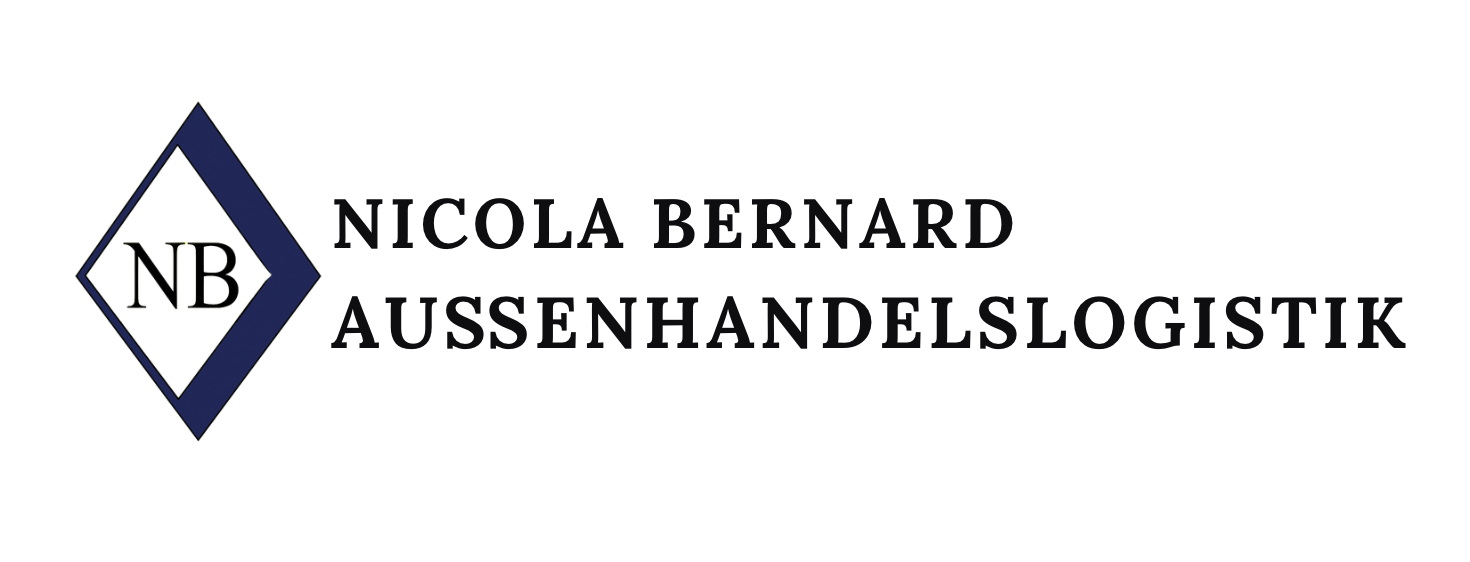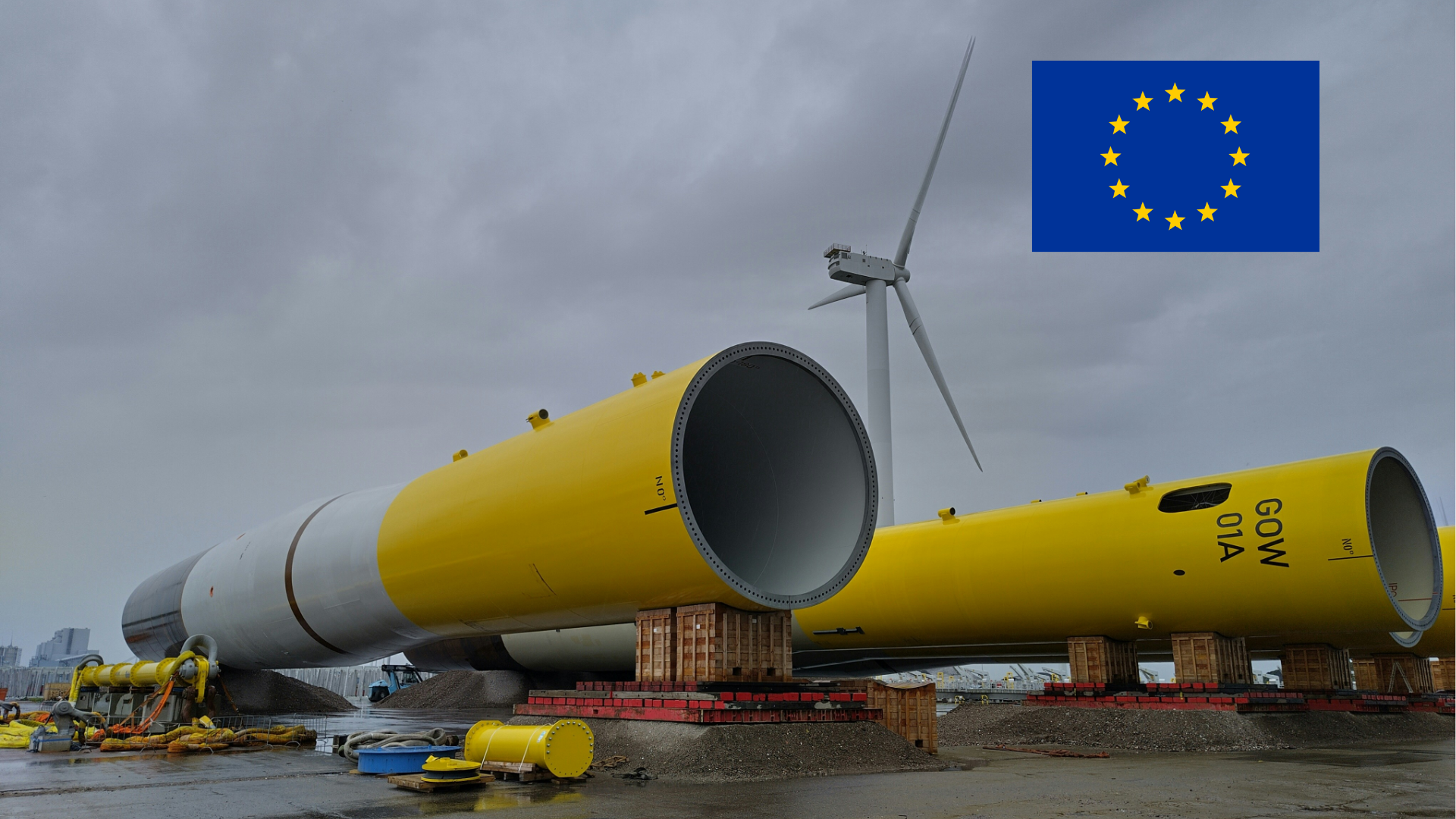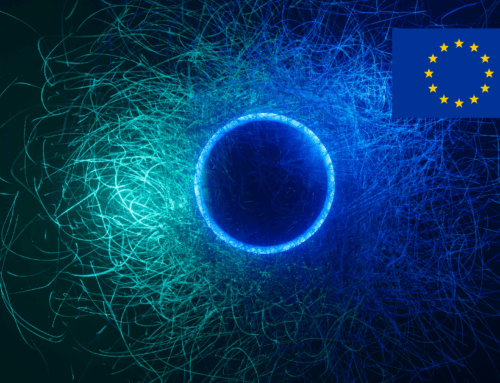At the end of September, the European Commission published the revised version of the Combined Nomenclature (CN) for 2026. This step modernises the list of goods, both structurally and in terms of content. Several notes and footnotes have been revised and additional codes introduced, which should enable more precise trade policy control of imports and exports in future.
One focus of the update is on goods that are relevant to the energy and technology transition. For the first time, specific codes for components of battery, photovoltaic, wind power and hydrogen technologies have been integrated.
New subheadings have been added in Chapter 28 for battery materials such as NMC and LFP. Chapter 38 has been expanded to include artificial graphite and PV wafers, among other items. There are also relevant changes in the machinery and metals sectors. Chapters 73 and 84 now include additional subheadings for tower segments and rotor blades of wind turbines as well as for rotors and stators of water turbines. Chapter 85 has been expanded and will now include H2 fuel cell generators, MPP inverters, separators and assemblies of stacked galvanic cells.
In addition, numerous corrections have been made to existing codes. These include units of measurement, adapted wording and restructured footnotes. As a result of these adjustments, the previously valid Additional note 1 to Chapter 95, which referred to the tariff classification of ‘articles for Christmas festivities‘, has also been deleted (In force since 1 November 2025).
The complete, restructured CN with all updated customs duties (Annex I) shall apply from 1 January 2026.
COMMISSION IMPLEMENTING REGULATION (EU) 2025/1926 of 22 September 2025
★ Refers to new code numbers
■ Refers to code numbers used the previous year but with differing coverage
Source: AWA AUSSENWIRTSCHAFTS-AKADEMIE (in German)






